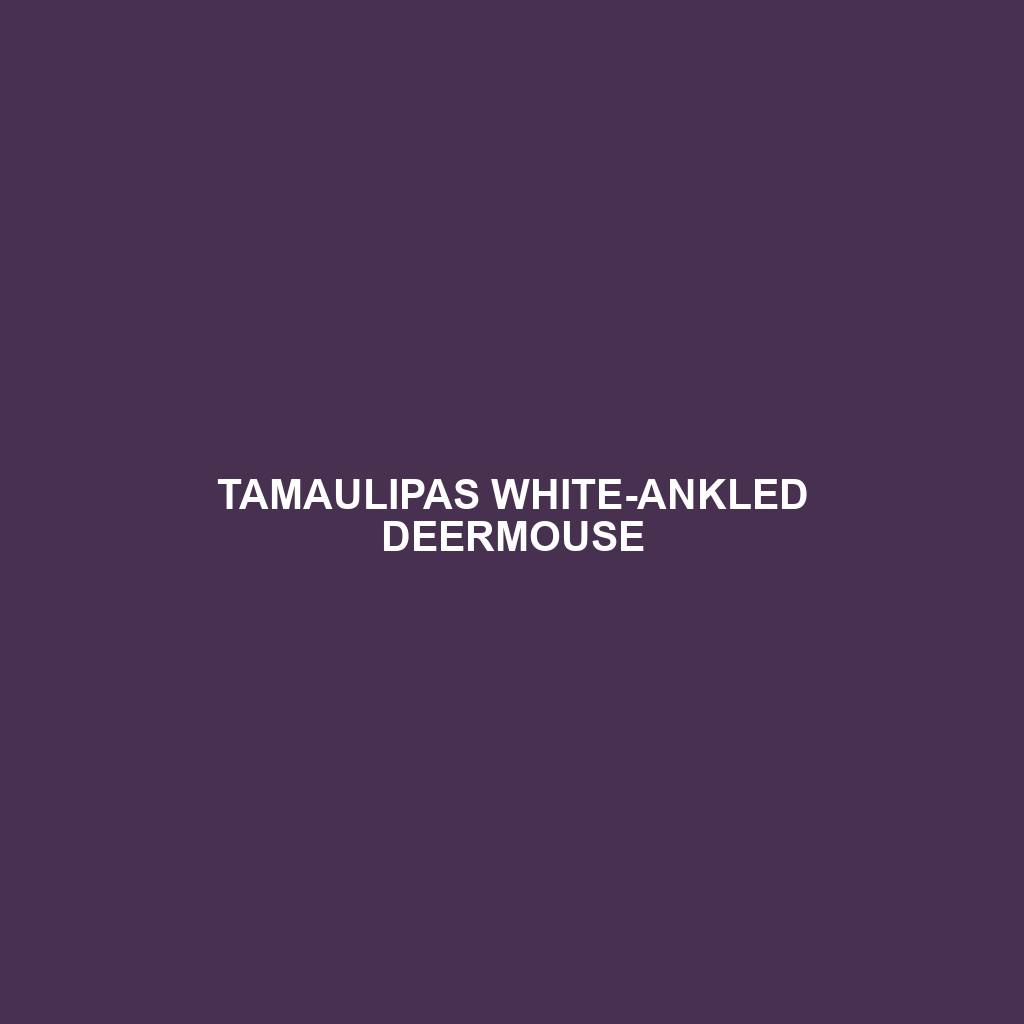Canyon Deermouse: A Comprehensive Species Description
Common Name: Canyon Deermouse
Scientific Name: Peromyscus crinitus
Habitat
The Canyon Deermouse is primarily found in the southwestern regions of the United States, particularly in national parks and desert ecosystems. This species thrives in rocky canyons and scrubland habitats, often burrowing in sandy soils close to streams or canyons. They are adaptable and may also inhabit grasslands and open forests, depending on environmental conditions.
Physical Characteristics
The Canyon Deermouse is a small rodent, typically measuring about 8 to 10 inches in length, including its long, hairless tail. Its fur is generally a combination of light brown or grayish tones with a white underbelly. One of its distinctive features is its large, dark eyes, which provide excellent night vision. Additionally, the Canyon Deermouse has large ears that assist in dissipating heat in its arid habitat.
Behavior
Canyon Deermice are primarily nocturnal, displaying high activity levels during the night. They are known for their agility and quick movements, which help them evade predators. Social behavior varies; while some individuals are solitary, they may also form loose colonies in areas where food is abundant. This species communicates through a series of chirps and squeaks, which are used to warn other mice of potential threats.
Diet
The Canyon Deermouse exhibits an omnivorous diet, primarily feeding on seeds, fruits, insects, and plant matter. Their diet can vary seasonally, with a preference for succulent vegetation in the summer months and seeds or grains during winter. This adaptability in feeding habits allows them to thrive in diverse environments.
Reproduction
Breeding typically occurs in the warmer months, with females capable of producing multiple litters each year, usually between 3 to 6 offspring per litter. The young are born blind and hairless but develop quickly. Mothers are known to exhibit protective and nurturing behaviors, ensuring the survival of their young until they reach independence.
Conservation Status
The Canyon Deermouse is currently classified as Least Concern according to the IUCN Red List, suggesting that its population is stable. However, habitat destruction and climate change pose ongoing threats to its ecosystems, highlighting the need for continued habitat protection and conservation efforts.
Interesting Facts
Interestingly, the Canyon Deermouse is known for its exceptional ability to leap distances up to three times its body length. This remarkable agility not only aids in escaping predators but also allows the species to navigate its rocky environment effectively. Furthermore, they are often studied for their adaptability to changing environments.
Role in Ecosystem
The Canyon Deermouse plays an essential role in its ecosystem, serving as both prey and seed disperser. They help maintain the balance in their habitat by controlling insect populations and dispersing seeds through their foraging behavior. The naturally occurring nest burrows created by these mice can also provide habitats for other small animals, enhancing biodiversity within their ecosystems.
